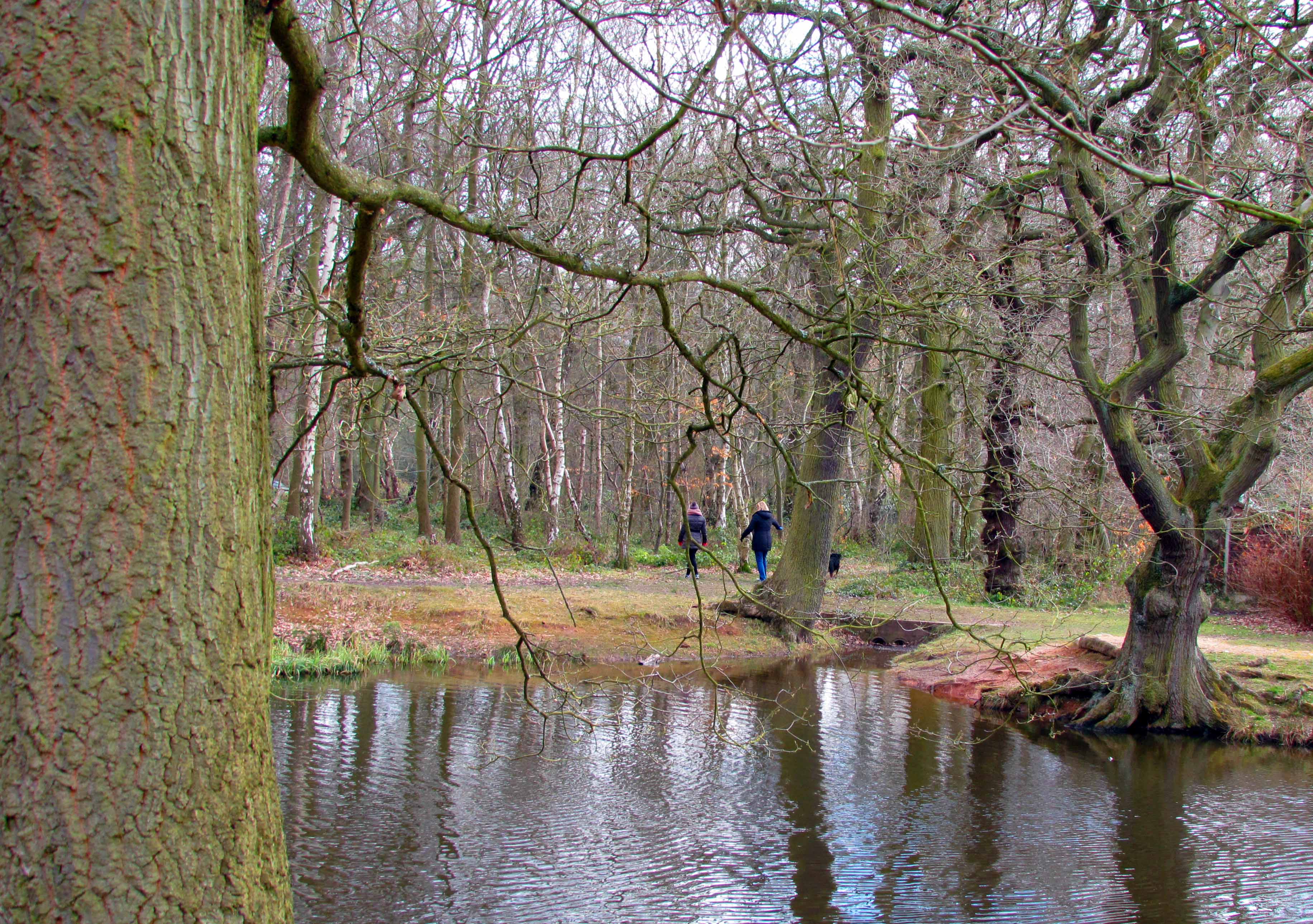
The only remaining large-scale commercial coppice crop in the area is sweet chestnut which is grown in parts of East Sussex and Kent for splitting and binding into cleft chestnut paling fence bound together with wire. In the past coppiced wood would be used for for many purposes, such as charcoal, but only a minority of these woods are still operated for coppice today operating for woodland crafts. Specific growth patterns can be encouraged with coppicing as found with cinnamon trees which are grown for their bark. Shoots of young willow may be used for interweaving in wattle fencing, hardwoods such as oak or ash may be left to provide long straight poles. Coppice woodlands are cut on rotation, normally from between 6 to 25 years (about 21 years. Birch can be coppiced for faggots on a 3- or 4-year cycle, whereas oak can be coppiced over a 50-year cycle for poles or firewood - willow, hazel and sweet chesnut are popular coppice trees in the UK. The term coppice derives from the French word couper - to cut. There are several jetties and piers dotted along the shoreline where you can catch a launch and travel into Keswick by way of water. Derwentwater is a ten minute walk from The Coppice accessed through Manesty Woods.

It seems likely that what would have originally been oak woodland with hornbeam coppice was converted to mainly sweet chestnut coppice in the late 19th century. The Coppice is surrounded by National Trust woodland. The cycle length depends upon the species and the intended use. .uk Details Price: £135,000 Freehold Location: Hook Green, near Lamberhurst, East Sussex / Kent border Size: 7 ½ acres for sale. The area of woodland coppiced is rotated to provided an annual crop as well as providing a diverse environment with a range of different aged stools growing in it. et al., 2017): Of six butterfly species associated with clearings in woodlands, three have shown marked national declines: a 77 decline since 197082 in the case of the. In a coppiced wood, which is called a copse, young tree stems are repeatedly cut down to near ground level, resulting in a stool. The following list is taken from ‘Biodiversity implications of coppice decline, transformations to high forest and coppice restoration in British woodland’ (Kirby, K J. Over the following years new shoots emerge, once mature the wood is harvested and the cycle begins again. Coppicing is a traditional method of woodland management which exploits the capacity of many species of trees to put out new shoots from their stump or roots if cut down. Coppicing is a traditional method of woodland management which exploits the capacity of many species of trees to put out new shoots from their stump or.

Traditionally woodlands are managed via the coppicing - young tree stems are cut down to a low level, or sometimes right down to the ground.


 0 kommentar(er)
0 kommentar(er)
